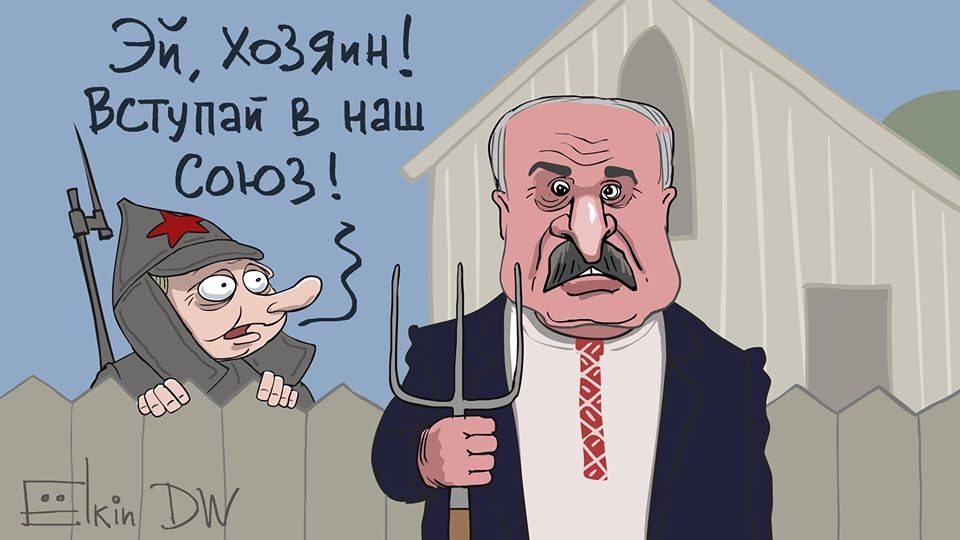Two Rubles – One Economy
 The situation has not changed
The situation has not changed

Towards the end of January, at a meeting of the Supreme State Council of the Union State in St. Petersburg, they greenlit the Main Directions for Implementing the provisions of the Treaty on the Establishment of the Union State for 2024-2026. This document, with 11 sections, aims to further develop the regulatory framework for joint economic potential and industry collaboration across various sectors. The previous program, with 28 sections, is supposedly 90% complete.
Putin expressed satisfaction that 28 sectoral union programs had been successfully concluded over the preceding two years. This achievement has led to the harmonization of Belarusian and Russian legislation, establishing the legal and organizational foundations of a common economic space. According to the Secretary of State of the Union State, Dmitry Mezentsev, Belarus and Russia have significantly progressed toward realizing the “Two countries – one economy” model, which, he emphasizes, poses no threat to the sovereignty of Belarus. However, no evidence has been provided to support this assertion.
The new integration package features numerous vaguely defined and streamlined formulations. Simultaneously, these documents maintain stylistic and thematic continuity with the preceding meta-program, especially regarding the resolution of outstanding issues carried over to the next period (approximately 10% of the total). In general, the Belarusian-Russian integration framework appears as a complex synthesis of intentions and plans, challenging to comprehend but easy to judge indiscriminately. Examples such as the growth of mutual trade turnover, Belarusian exports through Russian territory, or the cumulative positive impact of integration on the Belarusian economy (2% GDP growth, according to Russian Prime Minister Mikhail Mishustin) can be cited.
The most challenging issues related to the further integration of two national economies into one revolve around the creation of a single energy market and aligning the price conditions for gas supplies. Russia has deferred addressing this thorny issue for three years, intending to reconsider it on January 1, 2026.
For a unified economy, it would be beneficial to adopt a single currency, rather than maintaining two national currencies. In our year-end analysis, we anticipated the possibility of renewed discussions on this topic. Indeed, during the sidelines of a meeting of the Supreme State Council of the Union State, the Finance Minister of the Russian Federation, Anton Siluanov, unexpectedly raised this issue. Siluanov recalled that a single currency had been designated as an integration goal in the agreement on the creation of the Union State in 1999, emphasizing its convenience due to a unified payment system and its potential benefits for both parties.
Meanwhile, Secretary of Union State Mezentsev stated that the issue of a single currency is not currently on the agenda, as the focus is on improving trade turnover between the countries. No official decisions regarding the introduction of a single currency were reached during the subsequent meeting between Putin and Lukashenka on January 29.
Subscribe to our newsletter




Situation in Belarus
Constitutional referendum: main consequences


 Video
Video
How to count the political prisoners: are the new criteria needed?


 Video
Video
Paternalism In Decline, Belarusian Euroscepticism, And The Influence Of Russia


 Video
Video












